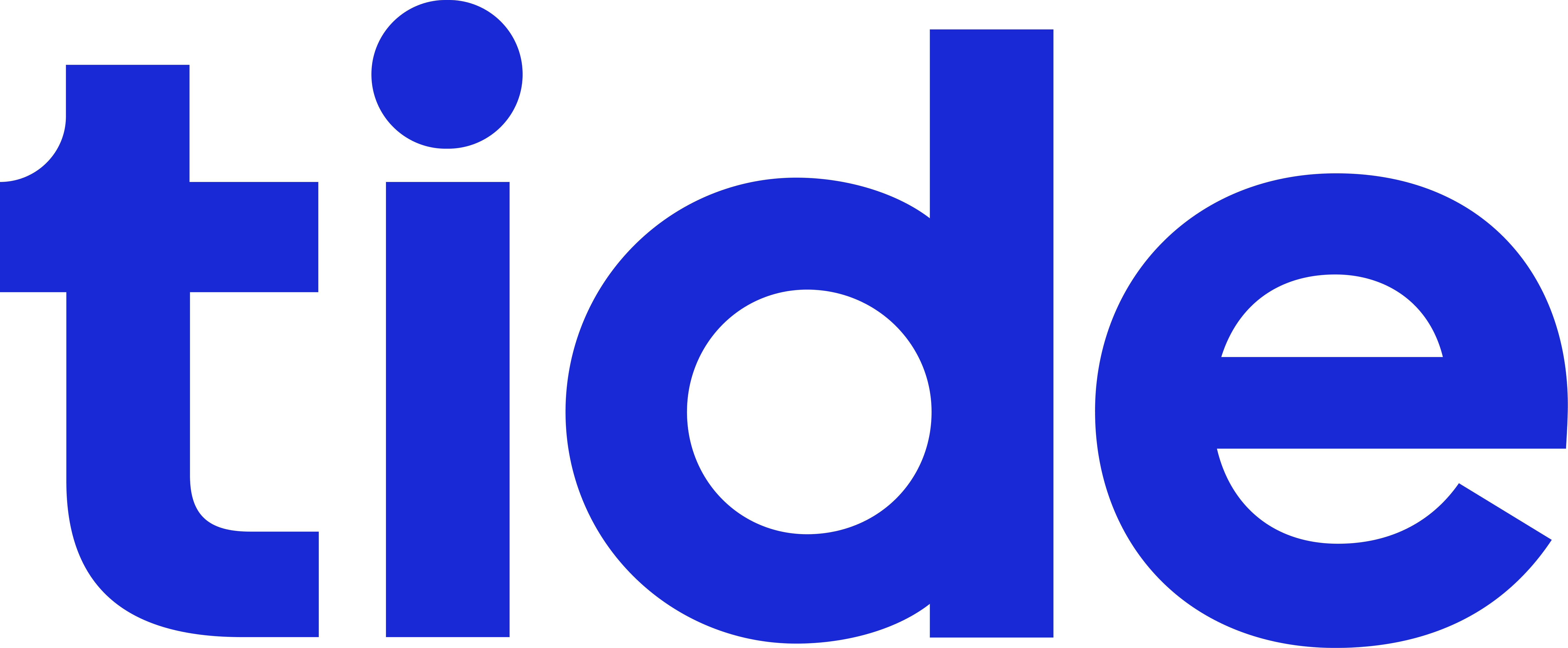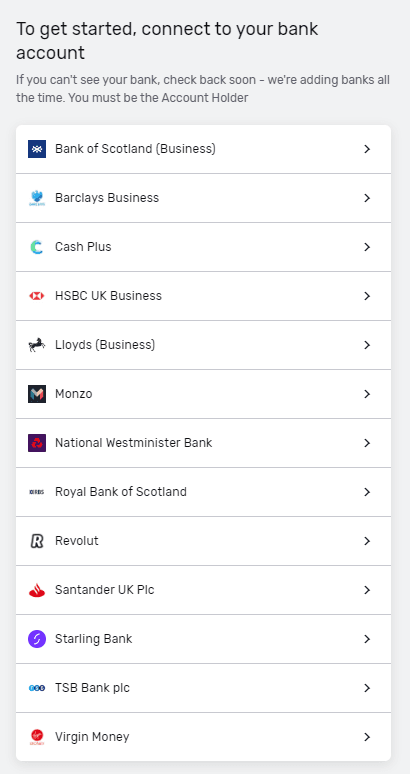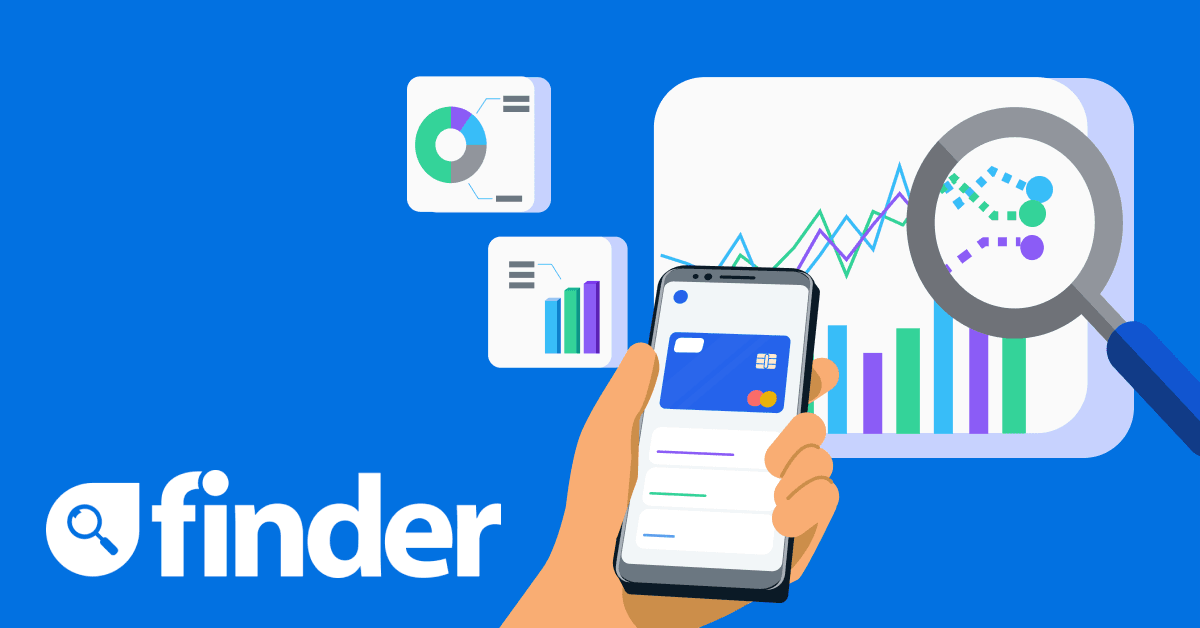
You’ve done the hard work of setting up your business and nurturing a healthy order book. But to keep growing, you’ll need to know what’s really going on beneath the top-line revenue numbers, and be able to anticipate any dry patches. That’s where having access to a cash flow insights tool, alongside your everyday business account, can give you greater control.

1. Get the full view to stay in control
Congratulations! You’ve just had a bumper sales period and billed your customers for a large batch of completed orders. But if the payments for that work are weeks away from hitting your bank account, while your suppliers are chasing last month’s unpaid invoices, then you could be facing a cash flow drought.
A cash flow insights tool linked to your business account allows you to see all of your finances in one place, and how specific transactions affect the overall picture. So you can view your recent incoming and outgoing banking transactions, as well as your upcoming expenses and the work you’ve invoiced for, plus how payments for that work will affect your business’s cash flow.
There are cash flow forecasting apps available, or you can link your business account directly to a cash flow management platform. For example, with the free Tide Cashflow Insights tool – available to limited companies in the UK – you can connect your existing business bank account to it to gain access to all of the tool’s features.
If you’re looking for a new business banking account, you can check out fees and features for a wide range of accounts in our comparison guide.
2. Model the future
Once you have that holistic view of your business finances, a cash flow insights tool can make it easier to predict your account balance at a particular time in the future and plan for any dry periods. This is particularly useful for seasonal businesses or new companies which aren’t familiar yet with the regular peaks and troughs.
A cash flow insights tool also removes the guesswork or manual spreadsheet process from forecasting. Cash flow predictions – displayed as graphs and charts – can give you a warning about potential problems so you can plan ahead.
Tide’s platform, for example, uses a combination of your account activity and machine learning models to devise cash flow forecasts for up to 30 days ahead, and it can recommend actions you could take to keep your cash flow in good shape.
Ultimately, addressing any potential shortfall before it arises helps maintain healthy business operations and sets you up for commercial growth.
3. Boost your access to credit
Another advantage of having a clear picture of your cash flow is that you can use it to apply for credit you’re likely to get.
For example, Tide’s tool gives you access to tailored credit deals, such as short-term flexible loans, which are offered by its lending partners to help your business manage any predicted cash flow problems. Because the tool bases its credit and loan suggestions on the account’s actual activity, it highlights borrowing products that your business is likely to be eligible for (subject to lenders’ final checks). The platform also shows you your business’s Experian credit score. You can use this to help you decide whether it’s a good time to apply for credit – or whether the score needs some work before you apply.
We’ve published an expert guide on what goes into your business credit score, how it’s used and some key ways you could boost it.
More guides on Finder
-
How to build a website for your business
Follow our tips to create your business website.
-
Best business bank account switching offers in the UK
By switching your business bank account, you may be able to reduce your monthly fees or take advantage of different features like smart bookkeeping tools.
-
Volopa review
Is Volopa’s business payments platform right for your business? We take a closer look at Volopa’s business solutions.
-
Juni business account review
Learn more about Juni’s business account for ecommerce and online marketing entrepreneurs.
-
Wise business account review
Learn more about the benefits of opening a business account with Wise
-
SumUp business account review
Find out more about the SumUp business account, including its pros and cons.
-
GoSolo business account review
We look at the features and fees of GoSolo’s business account range.
-
Santander business bank account comparison and review
Santander has some great free banking offers for startups, as well as accounts for charities and companies who hold money on behalf of clients.
-
Monzo business account review
Challenger bank Monzo now offers business banking. Check out what accounts it provides and whether they could be the right business banking solution for you.
-
Starling Bank business account review
Thinking about opening a Starling business account? Take a look at our analysis to find out if it’s suited to your company.



